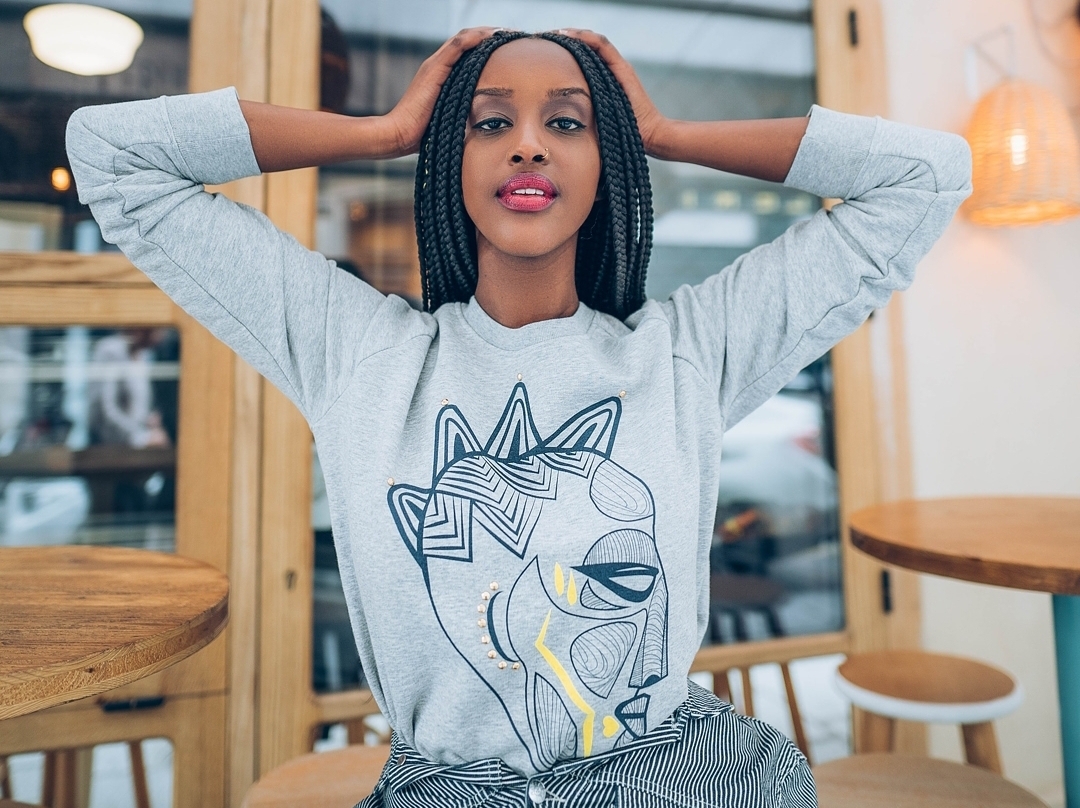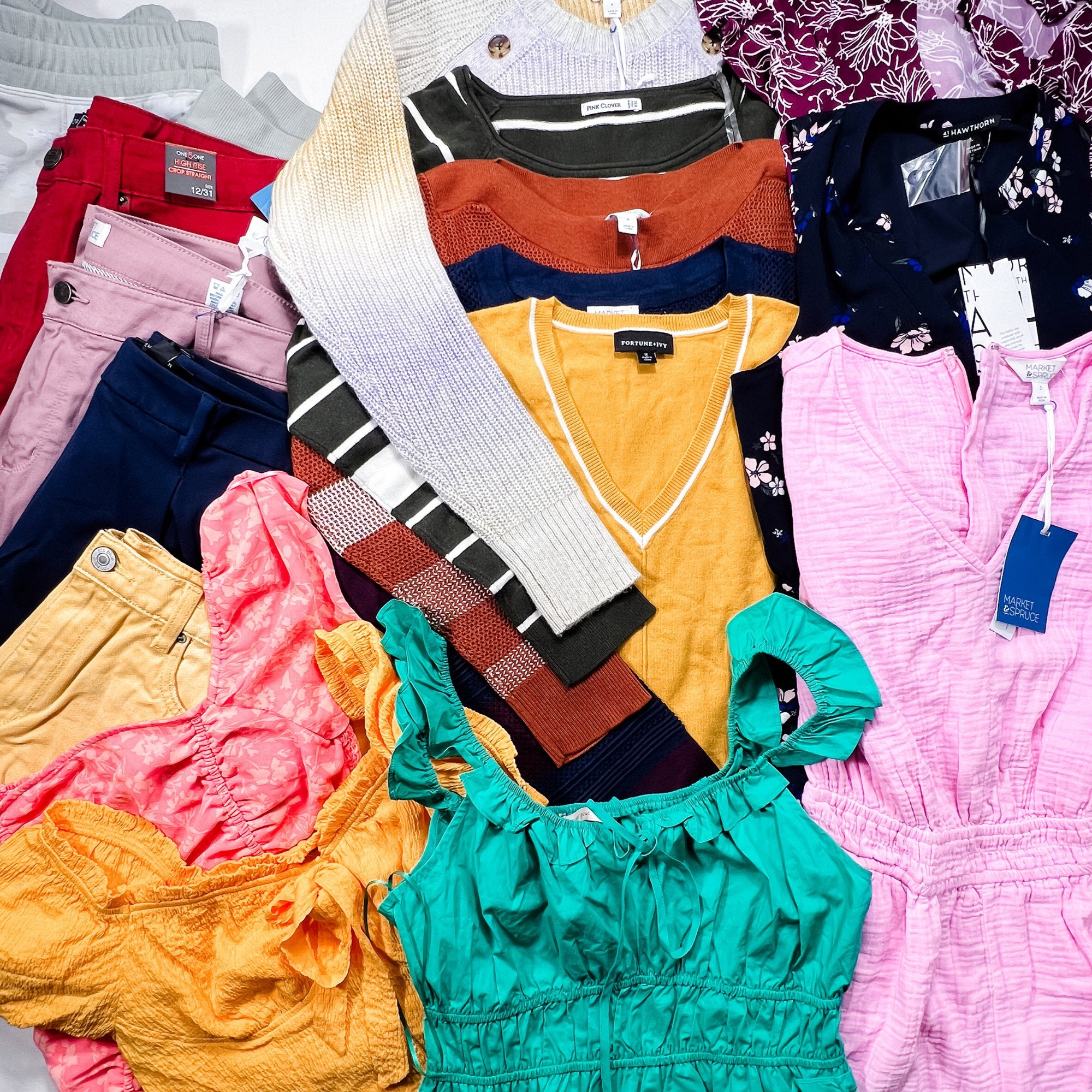How Branded Clothing Enhances Your Style Through Thoughtful Fabric Use
How Branded Clothing Enhances Your Style Through Thoughtful Fabric Use
Blog Article
Understanding Apparel: The Significance of Textile Selections in Your Wardrobe
The selection of fabric in clothes plays a critical duty in both aesthetic appeals and capability. Various materials offer differing levels of toughness, breathability, and comfort, straight affecting the user's experience. Understanding these subtleties can enhance one's wardrobe markedly. Numerous ignore exactly how these selections can affect not simply personal design, yet additionally sustainability. What fabric decisions could redefine your wardrobe and align it with both design and responsibility?
The Role of Textile in Fashion and Performance

Typical Textile Kinds and Their Attributes
When choosing apparel, recognizing the characteristics of common textile kinds is essential for making informed options. Cotton, a widely-used all-natural fiber, is understood for its versatility, gentleness, and breathability, making it appropriate for sportswear and everyday garments. Bed linen, one more all-natural alternative, flaunts outstanding moisture-wicking buildings and an unique texture, suitable for cozy climates.Wool, frequently preferred for its warmth and durability, varies in fineness; merino woollen is soft versus the skin, while coarser types are made use of for outerwear. Synthetic textiles like polyester and nylon use longevity and resistance to creases, making them preferred for activewear and traveling garments. Ultimately, blends, which combine natural and artificial fibers, can improve capability while keeping comfort. By identifying these fabric features, people can choose clothes that aligns with their lifestyle and visual preferences.
Breathability and Comfort: Selecting the Right Fabrics for Various Climates
Picking the appropriate textiles for various environments can significantly boost comfort and overall wearability. Breathable materials are vital in hot climates, as they permit air blood circulation and dampness dissipation. Fabrics such as cotton, linen, and moisture-wicking synthetics effectively draw sweat away from the body, keeping the wearer cool and dry. On the other hand, in chillier environments, thicker textiles like wool or fleece supply insulation while maintaining breathability, making certain warmth without overheating.Additionally, the choice of textile weight plays an important function; light-weight fabrics are better for summer, whereas larger choices are suited for winter wear. Recognizing the special buildings of each fabric allows people to dress properly for varying weather problems. Inevitably, selecting comfortable and breathable textiles customized to particular environments can considerably enhance everyday convenience and enhance the general experience of putting on garments.
Longevity and Treatment: Just How Fabric Affects Durability of Your Closet
Selecting the appropriate materials can considerably impact the durability and care demands of a wardrobe. Fabrics such as cotton and polyester are known for their strength and simplicity of upkeep, making them optimal for everyday wear. On the other hand, fragile products like silk and shoelace need even more cautious handling and specialized cleansing methods, which can raise the moment and effort needed for care. Branded Clothing.Durability is also influenced by the textile's weave and finish; tightly woven materials have a tendency to withstand damage far better than loosely woven options. Furthermore, synthetic blends commonly offer enhanced longevity, combining the very best top qualities of numerous fibers.Understanding the care instructions for each textile is necessary, as incorrect washing or drying can cause premature wear. Inevitably, selecting durable materials can lead to a longer-lasting closet, reducing the regularity of substitutes and adding to a more lasting style option
The Effect of Textile on Fit and Silhouette

Lasting Material Options: Making Eco-Friendly Choices
The influence of textile expands past fit and shape to include environmental factors, prompting an expanding rate of interest in lasting material options. Green textiles, such as organic cotton, hemp, and Tencel, are gaining grip amongst customers that prioritize sustainability in their wardrobes. These products are commonly created with fewer chemicals and water, minimizing their environmental footprint.Additionally, recycled fabrics, made from post-consumer waste, offer an innovative service to the fabric sector's contamination trouble. Brands progressively accept transparency in their sourcing methods, allowing customers to make educated choices concerning their purchases.Choosing lasting textiles not only sustains honest methods however likewise motivates our website the fashion sector to embrace even more accountable manufacturing techniques. As recognition of environmental problems increases, people are urged to assess the lasting influence of their material choices, promoting an activity in the direction of an extra sustainable and ecologically aware technique to fashion.
Boosting Design: How Fabric Can Transform a Clothing
While lots of may concentrate on color and cut when picking a clothing, the choice of textile plays an essential function in boosting design and improving overall appearance. Various materials share distinct more information state of minds and messages; as an example, silk exhibits deluxe and sophistication, while jeans supplies a laid-back, kicked back ambiance. The appearance and drape of a material can dramatically change the shape, with organized fabrics giving a polished look and softer ones producing an extra fluid, kicked back aesthetic.Moreover, the weight of the fabric influences wearability across seasons. Lightweight fabrics like linen and cotton are ideal for summer season, while larger materials such as wool and velour give warmth and elegance in colder months. Comprehending fabric properties, such as breathability and stretch, likewise encourages individuals to make informed selections that improve convenience without compromising design. Inevitably, the ideal material can change an outfit from common to extraordinary, making it a crucial factor to consider in any wardrobe.
Frequently Asked Concerns
Just how Do I Identify the Material Material of My Clothing?
To identify material web content, one can examine care tags, conduct shed examinations for fiber recognition, or seek advice from textile examples. These methods help distinguish products, guaranteeing educated options for apparel treatment and upkeep in daily wear.
Can Textile Option Affect My Mood or Confidence?
Textile option can greatly impact an individual's state of mind and confidence. Branded Clothing. Particular products might evoke feelings of convenience or elegance, while others can feel unflattering or limiting, ultimately affecting self-perception and emotional well-being throughout the day
What Fabrics Are Finest for Delicate Skin?
For people with sensitive skin, all-natural textiles like bamboo, cotton, and bed linen are frequently recommended. These materials are breathable, hypoallergenic, and less likely to cause inflammation, making them appropriate choices for convenience and skin health.
How Do I Properly Laundry and Care for Different Fabrics?
To appropriately clean and care for various fabrics, one need to take into More about the author consideration each material's certain needs, including temperature level setups, cleaning agents, and drying techniques, guaranteeing long life and keeping the material's initial qualities for suitable usage.
Are There Details Fabrics for Athletic or Efficiency Use?
Sports or efficiency wear commonly utilizes materials such as polyester, spandex, and nylon. These products are created for moisture-wicking, breathability, and adaptability, boosting movement and comfort throughout physical tasks while providing resilience and support. Alternatively, in cooler environments, thicker materials like woollen or fleece give insulation while retaining breathability, making sure warmth without overheating.Additionally, the choice of textile weight plays an important duty; light-weight textiles are more suitable for summer, whereas heavier options are matched for winter months wear. In contrast, delicate materials like silk and shoelace need more cautious handling and specialized cleaning methods, which can raise the time and effort needed for care.Durability is also affected by the fabric's weave and finish; tightly woven textiles tend to stand up to wear and tear much better than loosely woven choices. In comparison, inflexible fabrics can limit movement however supply a classic, sleek look.Moreover, the thickness and structure of the textile can affect the aesthetic assumption of body form. The impact of fabric extends beyond fit and silhouette to include environmental aspects, triggering a growing passion in sustainable textile selections. The structure and drape of a material can drastically alter the silhouette, with organized textiles providing a polished appearance and softer ones creating an extra fluid, kicked back aesthetic.Moreover, the weight of the fabric influences wearability throughout seasons.
Report this page